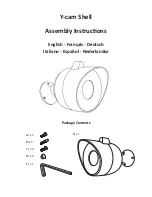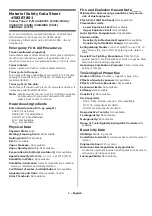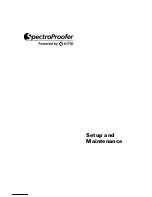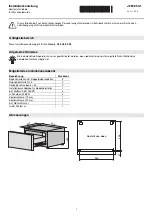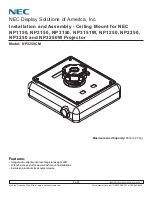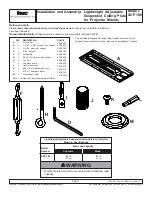
2
Moving the vehicle
27
Travelling without your seat belt fastened increases the risk of serious
injury and death in the event of a collision. Always fasten seat belts and
use child seats, if present.
Do not travel with objects lying on the floor, especially in front of the
driver’s seat: in the event of braking, these could slide under the pedals,
making it impossible to brake or accelerate.
Additionally, ensure that any loose floor mats sit correctly.
Water, ice and salt spread on icy roads may deposit on the brake discs
and reduce the efficiency of the initial braking.
●
Make regular stops to loosen up your limbs and refresh yourself, and
avoid driving for hours on end.
●
Keep air circulation constant in the passenger compartment.
●
Never coast downhill with the engine off: in these conditions the
engine brake, servo brake and power steering are inefficient, braking
requires greater pressure on the pedal and steering will be harder.
Driving at night
When you are travelling at night, follow these fundamental rules:
●
Reduce speed, particularly on dark roads.
●
Driving conditions are more demanding at night, so take particular
care.
●
If you start feeling tired or sleepy, stop immediately: to continue
driving would be a risk for yourself and for others. Continue only
after you have had a rest.
●
At night, it is difficult to judge the speed of vehicles in front of you
as you can only see their tail lights: keep at a greater safety distance
than you would during the day.
●
Use the high beams only outside of urban areas and when you are
sure that they will not disturb other drivers.
●
Turn off the high beams when you see oncoming vehicles and use
the low beams.
●
Keep lights and headlights clean.
●
Watch out for animals crossing the road when travelling outside
urban areas.
Driving in the rain
Rain and wet roads can cause hazardous situations.
Warning
Given the vehicle’s reduced ground clearance, a characteristic that
guarantees exceptional aerodynamic performance and driving comfort,
in adverse weather conditions we recommended driving through
standing water or floods as slowly as possible. This recommendation
should be observed to prevent water entering the intake ducts and
causing irreparable damage to the engine.
All manoeuvres are more difficult on a wet road since tyres have
significantly less grip on the road. This means that the braking distances
increase considerably and road-holding decreases.
Here is some advice for driving in the rain:
●
Slow down.
●
Keep a greater safety distance between yourself and the other
vehicles and reduce your speed.
●
When it is raining very hard, visibility is also reduced. In these
cases, to make yourself more visible to others, turn on the low beams
even during the day.
●
Drive through puddles at low speed to avoid losing control of the
vehicle (“aquaplaning”): if this occurs, grip the steering wheel
firmly.
Summary of Contents for GTC 4 Lusso
Page 1: ......
Page 3: ...1 Starting the vehicle ...
Page 15: ...1 Starting the vehicle 15 Emergency opening of GTC4Lusso model fuel cap ...
Page 18: ...EPB Electric parking brake 20 Driving the vehicle 21 ...
Page 19: ...2 Moving the vehicle ...
Page 33: ...3 Towing the vehicle ...
Page 35: ...3 Towing the vehicle 35 ...
Page 36: ...36 Towing the vehicle Position of tool bag in GTC4Lusso model ...































